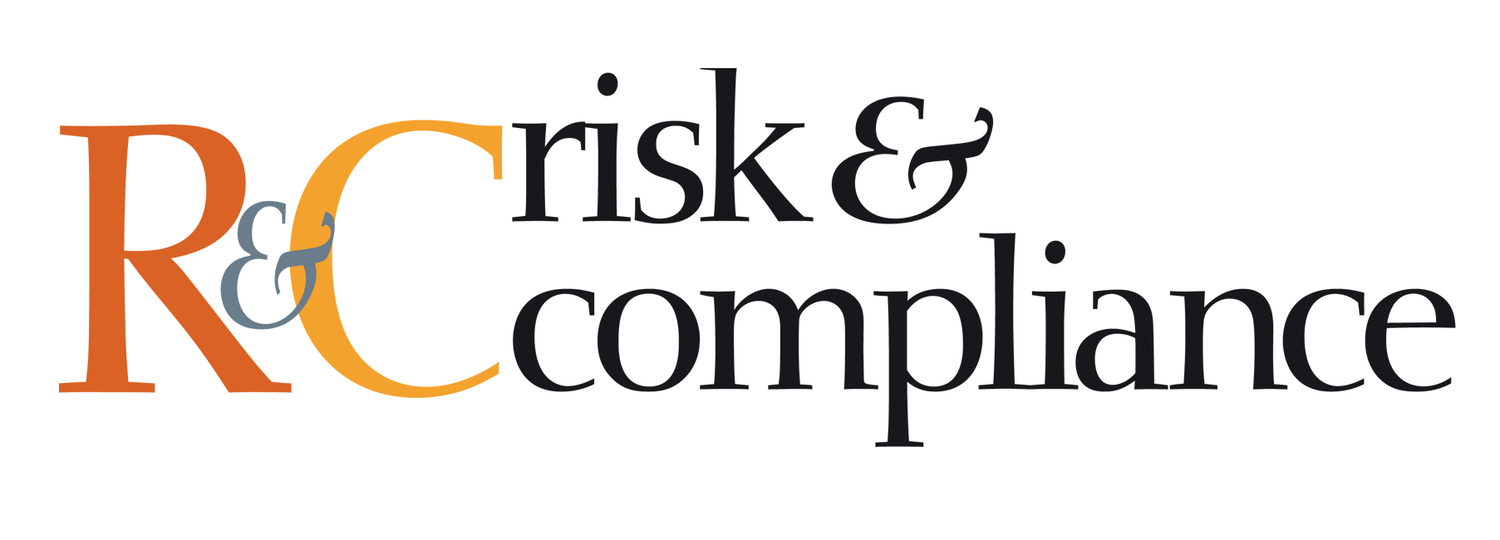AI FOR RISK MANAGEMENT VS MANAGEMENT OF AI RISKS
R&C: How would you describe the uptake of artificial intelligence (AI) among enterprises in recent years? To what extent are you seeing AI applied more frequently to the risk management function?
Plochan: There is an artificial intelligence (AI) wave coming. AI initiatives are emerging all over the world and the pressure is only getting stronger. AI uptake rates do differ per industry and use case, however. In our recent ‘global executives’ survey, AI adoption rates of 60-70 percent could be seen in the more traditional industry generic use case areas, such as external communication, marketing, sales and customer relationship interactions. The International Data Cooperation (IDC) expects global spending on AI to reach almost $36bn in 2019, a 44 percent increase over 2018. By 2022 this amount could climb to almost $80bn.
R&C: What benefits can AI implementation bring to the risk landscape?
Plochan: Banking, and risk management in particular, are areas where AI may be beneficial. On one hand, the banking sector is the area where analytics arguably first began to gain influence and where analytics has been successfully deployed for decades. However, the banking sector is one of the most tightly regulated industries. According to our survey, there may be a dramatic increase in AI adoption over the next three years and across various risk use cases, with credit scoring and process automation likely to lead the way. However, the most impressive changes could come thanks to the expected shifts in less traditional analytical use cases, such as loan pricing, provisioning and approvals where the AI adoption rate is expected to more than double over the next three years. The majority of the current adopters of AI in the banking industry are already seeing the benefits, particularly in the area of automation, better and faster decisioning and improvements to overall efficiency.

